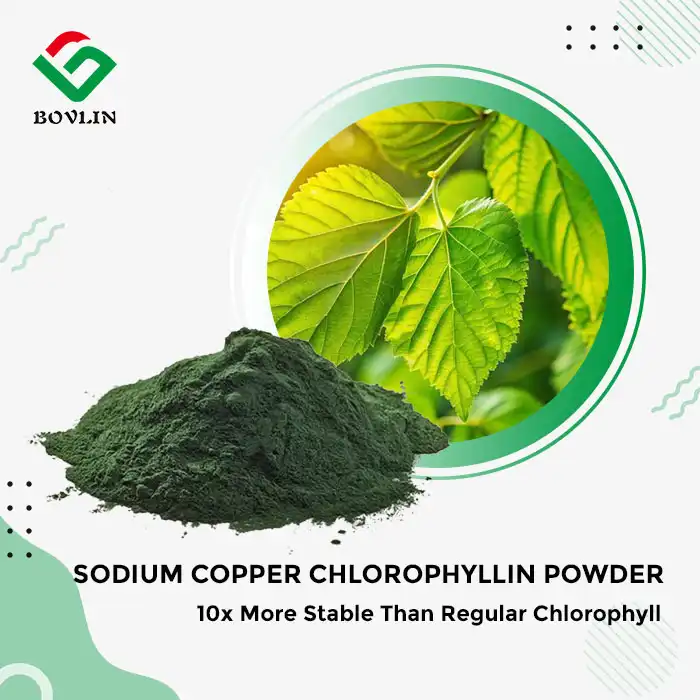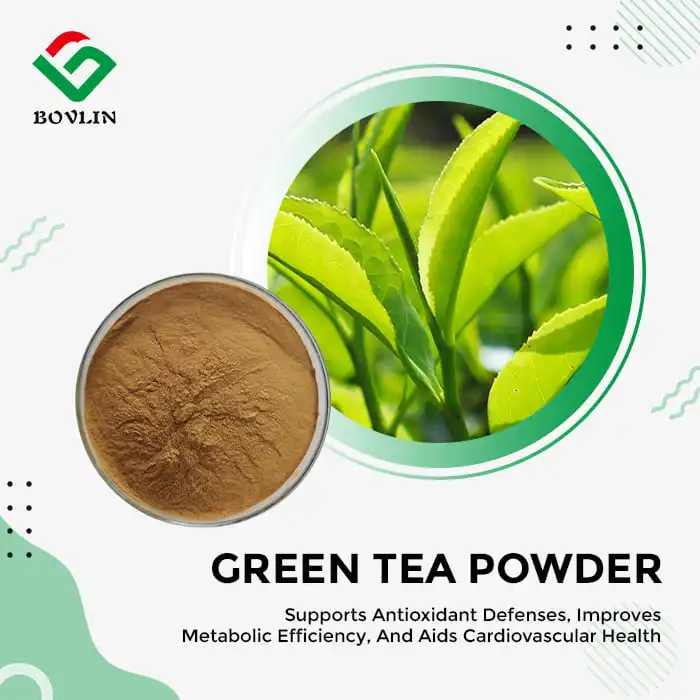How Hydrolyzed Wheat Protein Enhances Skin Moisture Retention?
Hydrolyzed wheat protein plays a crucial role in maintaining skin hydration, making it a valuable ingredient in various skincare formulations. Its unique properties allow it to effectively retain moisture within the skin, contributing to a healthier, more radiant complexion.
Hygroscopic Properties of Hydrolyzed Wheat Protein
One of the key attributes of hydrolyzed wheat protein is its hygroscopic nature. This means it can attract and hold water molecules from the surrounding environment. When applied to the skin, hydrolyzed wheat protein acts like a magnet for moisture, drawing it into the skin's surface layers. This property helps to create a reservoir of hydration within the skin, ensuring it remains plump and well-moisturized throughout the day.
Formation of a Moisture-Retaining Film
Upon application, hydrolyzed wheat protein forms a thin, invisible film on the skin's surface. This film acts as a barrier, preventing transepidermal water loss (TEWL) - the process by which moisture evaporates from the skin into the atmosphere. By reducing TEWL, hydrolyzed wheat protein helps to lock in the skin's natural moisture, maintaining hydration levels for extended periods. This film-forming property is particularly beneficial for individuals with dehydrated skin, as it helps to alleviate tightness and discomfort associated with moisture loss.
Synergy with Natural Moisturizing Factors
Hydrolyzed wheat protein works in harmony with the skin's natural moisturizing factors (NMFs). These are naturally occurring substances within the skin that help maintain its moisture balance. The protein's amino acid composition is similar to that of NMFs, allowing it to integrate seamlessly with the skin's natural hydration mechanisms. This synergy enhances the overall moisturizing effect, leading to improved skin texture and a more supple feel.
Role of Hydrolyzed Wheat Protein in Skin Barrier Repair
The skin barrier is a critical component of overall skin health, acting as the first line of defense against environmental stressors and maintaining moisture balance. Hydrolyzed wheat protein plays a significant role in supporting and repairing this vital barrier.
Strengthening the Skin's Protective Layer
Hydrolyzed wheat protein contains a unique combination of amino acids that closely resemble those found in the skin's natural barrier. When applied topically, these proteins help to reinforce the skin's protective layer, filling in gaps and strengthening weak areas. This reinforcement enhances the skin's ability to defend against external aggressors such as pollution, UV radiation, and harsh weather conditions. By fortifying the skin barrier, hydrolyzed wheat protein contributes to overall skin resilience and health.
Promoting Cellular Regeneration
The protein's small molecular size allows it to penetrate deeper into the skin layers, where it can support cellular regeneration processes. Hydrolyzed wheat protein provides essential building blocks for skin cells, encouraging the production of new, healthy cells. This regenerative effect is particularly beneficial for skin that has been damaged or compromised, as it aids in the repair of the skin barrier from within. Over time, consistent use of products containing hydrolyzed wheat protein can lead to improved skin texture and a more robust barrier function.
Balancing Skin pH
Maintaining the skin's optimal pH is crucial for a healthy barrier function. Hydrolyzed wheat protein helps to balance the skin's pH levels, creating an environment that is conducive to barrier repair and overall skin health. By supporting the skin's natural pH, this ingredient helps to maintain the delicate balance of the skin's microbiome, which is essential for a strong and effective skin barrier. This pH-balancing effect can be particularly beneficial for individuals with sensitive or reactive skin, helping to soothe and calm irritation while promoting barrier repair.
Anti-Aging and Protective Effects of Hydrolyzed Wheat Protein on Skin
As skin ages, it faces numerous challenges, including loss of elasticity, increased susceptibility to damage, and the formation of fine lines and wrinkles. Hydrolyzed wheat protein offers a range of anti-aging and protective benefits that can help combat these signs of aging and maintain youthful, healthy-looking skin.
Antioxidant Properties
Hydrolyzed wheat protein possesses antioxidant properties that play a crucial role in protecting the skin from oxidative stress. Free radicals, generated by exposure to UV radiation, pollution, and other environmental factors, can cause significant damage to skin cells and accelerate the aging process. The antioxidants in hydrolyzed wheat protein help neutralize these free radicals, reducing their harmful effects on the skin. This protective action helps prevent premature aging, preserving the skin's youthful appearance and vitality.
Collagen and Elastin Support
One of the key factors in maintaining youthful skin is the presence of adequate collagen and elastin - proteins responsible for skin's firmness and elasticity. Hydrolyzed wheat protein, also known as wheat peptide, has been shown to support the production and maintenance of these essential proteins. By providing the skin with amino acids and peptides, it helps stimulate collagen synthesis and protect existing collagen from degradation. This support for collagen and elastin contributes to improved skin firmness, reduced appearance of fine lines and wrinkles, and overall skin elasticity.
Environmental Stress Protection
Modern lifestyles expose skin to various environmental stressors, including pollution, UV radiation, and harsh weather conditions. Hydrolyzed wheat protein forms a protective barrier on the skin's surface, helping to shield it from these damaging factors. This protective effect is particularly beneficial in urban environments where pollution levels are high. By creating a barrier between the skin and environmental aggressors, hydrolyzed wheat protein helps prevent premature aging and maintains skin health in challenging conditions.
Conclusion
Hydrolyzed wheat protein stands out as a versatile and effective ingredient in skincare formulations. Its ability to enhance moisture retention, support skin barrier repair, and provide anti-aging benefits makes it a valuable addition to various skincare products. By leveraging its hygroscopic properties, film-forming capabilities, and antioxidant effects, manufacturers can create products that offer comprehensive skin care solutions. As the demand for plant-based, effective skincare ingredients continues to grow, hydrolyzed wheat protein remains at the forefront of innovative skincare formulations.
Contact Us
For more information about our hydrolyzed wheat protein powder and how it can enhance your skincare products, please contact us at sales1@bovlin.com. Our team of experts is ready to assist you in incorporating this powerful ingredient into your formulations.












